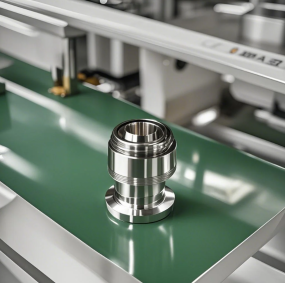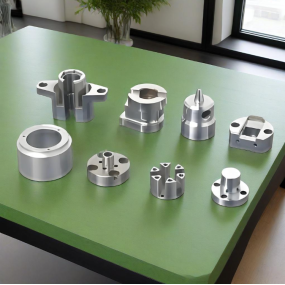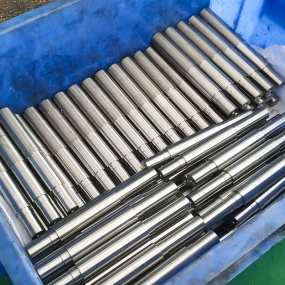Aviation CNC Machining is an important application of computer-controlled precision machining. CNC, also known as Computerized Numerical Control, is a technology that uses computers to control machine tools for automatic machining. In the aviation field, CNC machining technology has been widely applied due to the complexity and high-precision requirements of components. The main characteristics of aviation CNC machining include: high precision: aviation components require extremely high precision, and CNC machining can achieve micrometer level machining accuracy through precise CNC programming and machine tool control. High efficiency: CNC machine tools can continuously and automatically process, reducing manual errors and time, and improving production efficiency. Strong material adaptability: CNC machining is suitable for a variety of materials, including metals, plastics, composite materials, etc., and can meet the needs of the aviation industry for processing various materials. Complex shape processing capability: CNC machining can complete the processing of complex shapes, including curved surfaces, irregular holes, etc., which is very suitable for the complex structures of aviation components. In the process of aviation CNC machining, it is necessary to strictly follow relevant standards and specifications to ensure machining quality and safety. At the same time, it is necessary to regularly maintain and upkeep the processing equipment to ensure its long-term stable operation. With the continuous development of aviation technology, the processing requirements for aviation components are also increasing. CNC machining technology will continue to play an important role in the aviation industry, providing efficient and precise machining solutions for aircraft manufacturing and maintenance.



 Spanish
Spanish Arabic
Arabic French
French Portuguese
Portuguese Belarusian
Belarusian Japanese
Japanese Russian
Russian Malay
Malay Icelandic
Icelandic Bulgarian
Bulgarian Azerbaijani
Azerbaijani Estonian
Estonian Irish
Irish Polish
Polish Persian
Persian Boolean
Boolean Danish
Danish German
German Filipino
Filipino Finnish
Finnish Korean
Korean Dutch
Dutch Galician
Galician Catalan
Catalan Czech
Czech Croatian
Croatian Latin
Latin Latvian
Latvian Romanian
Romanian Maltese
Maltese Macedonian
Macedonian Norwegian
Norwegian Swedish
Swedish Serbian
Serbian Slovak
Slovak Slovenian
Slovenian Swahili
Swahili Thai
Thai Turkish
Turkish Welsh
Welsh Urdu
Urdu Ukrainian
Ukrainian Greek
Greek Hungarian
Hungarian Italian
Italian Yiddish
Yiddish Indonesian
Indonesian Vietnamese
Vietnamese Haitian Creole
Haitian Creole Spanish Basque
Spanish Basque











